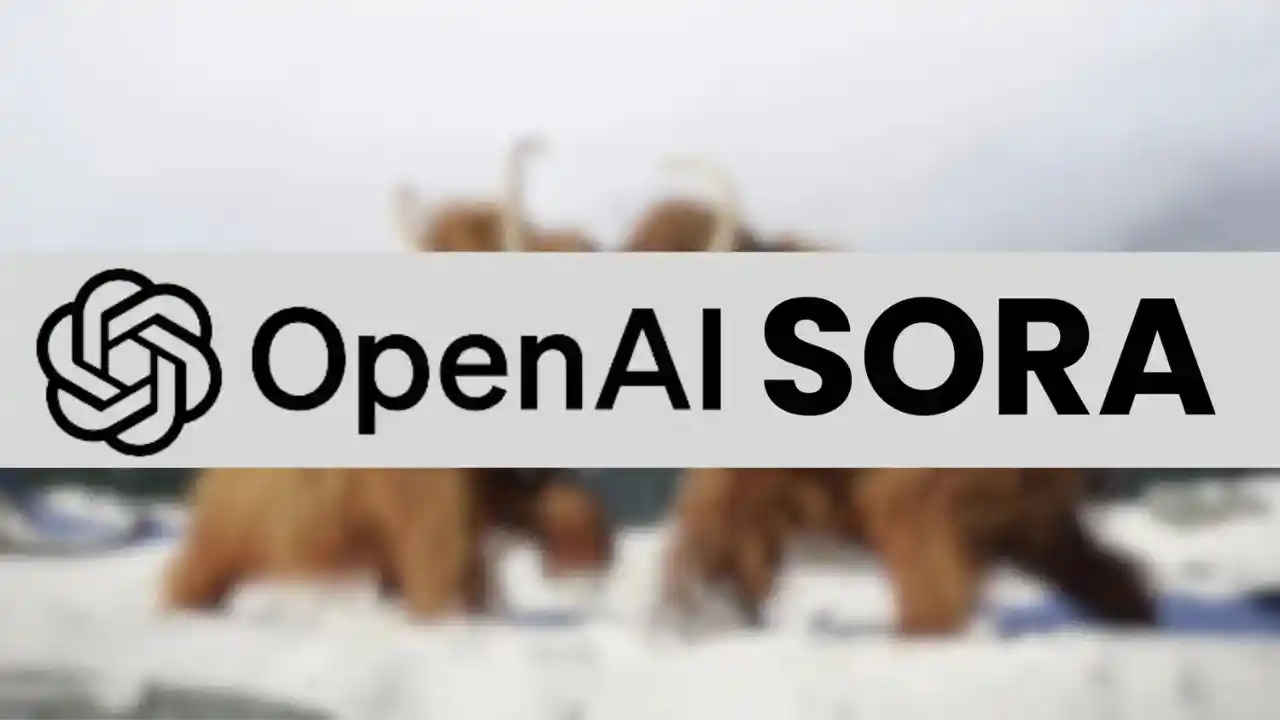OpenAI’s Sora will be available for everyone later this year: Know more

OpenAI recently unveiled its text-to-video model ‘Sora’.
Sora will be available for everyone later this year.
OpenAI plans to “eventually” incorporate audio into Sora videos.
OpenAI recently unveiled its text-to-video model ‘Sora’. Sora can generate videos up to a minute long while maintaining visual quality and adherence to the user’s prompt. The moment Sora was unveiled it caught everyone’s attention from its capabilities.
Well, you will soon be able to try out this text-to-video generator.
Also read: OpenAI’s Sora videos spark debate: Raising fears over realistic AI-generated content
In an interview with The Wall Street Journal, OpenAI chief technology officer Mira Murati said that Sora will “definitely” be available “this year” and that it “could be a few months.”
Also read: OpenAI releases Sora – All you need to know about this latest video generation AI model
Prompt: “A stylish woman walks down a Tokyo street filled with warm glowing neon and animated city signage. she wears a black leather jacket, a long red dress, and black boots, and carries a black purse. she wears sunglasses and red lipstick. she walks confidently and casually.… pic.twitter.com/cjIdgYFaWq
— OpenAI (@OpenAI) February 15, 2024
Murati also revealed that the company will “eventually” incorporate audio into Sora videos.
When questioned about the specifics of the data used to train Sora, Murati refrained from providing detailed information and appeared to sidestep the inquiry.
“I’m just not gonna go into the details of the data that was used, but it was publicly available or licensed data,” she stated.
Prompt: “Several giant wooly mammoths approach treading through a snowy meadow, their long wooly fur lightly blows in the wind as they walk, snow covered trees and dramatic snow capped mountains in the distance, mid afternoon light with wispy clouds and a sun high in the distance… pic.twitter.com/Um5CWI18nS
— OpenAI (@OpenAI) February 15, 2024
Murati also expressed uncertainty regarding the use of videos from platforms such as YouTube, Facebook, and Instagram. However, she did verify that Sora uses content from Shutterstock, with which OpenAI maintains a partnership.
Videos produced by Sora will feature a watermark to differentiate them from authentic content.
— Sam Altman (@sama) February 15, 2024
When OpenAI unveiled Sora and shared the videos generated by it, they made people both amazed and worried as they looked so real. They seem almost like videos made by humans, with characters that look alive and move smoothly.
While it’s natural to feel scared about what AI can do, it’s important to remember that this is just the beginning. AI tools like Sora are only going to get better and more advanced over time.
What we’re seeing now is just a small part of what’s possible. So, while it’s good to be cautious, it’s also important to think about how we can use this technology in positive ways and how we can make sure it’s used responsibly.
Ayushi Jain
Tech news writer by day, BGMI player by night. Combining my passion for tech and gaming to bring you the latest in both worlds. View Full Profile




